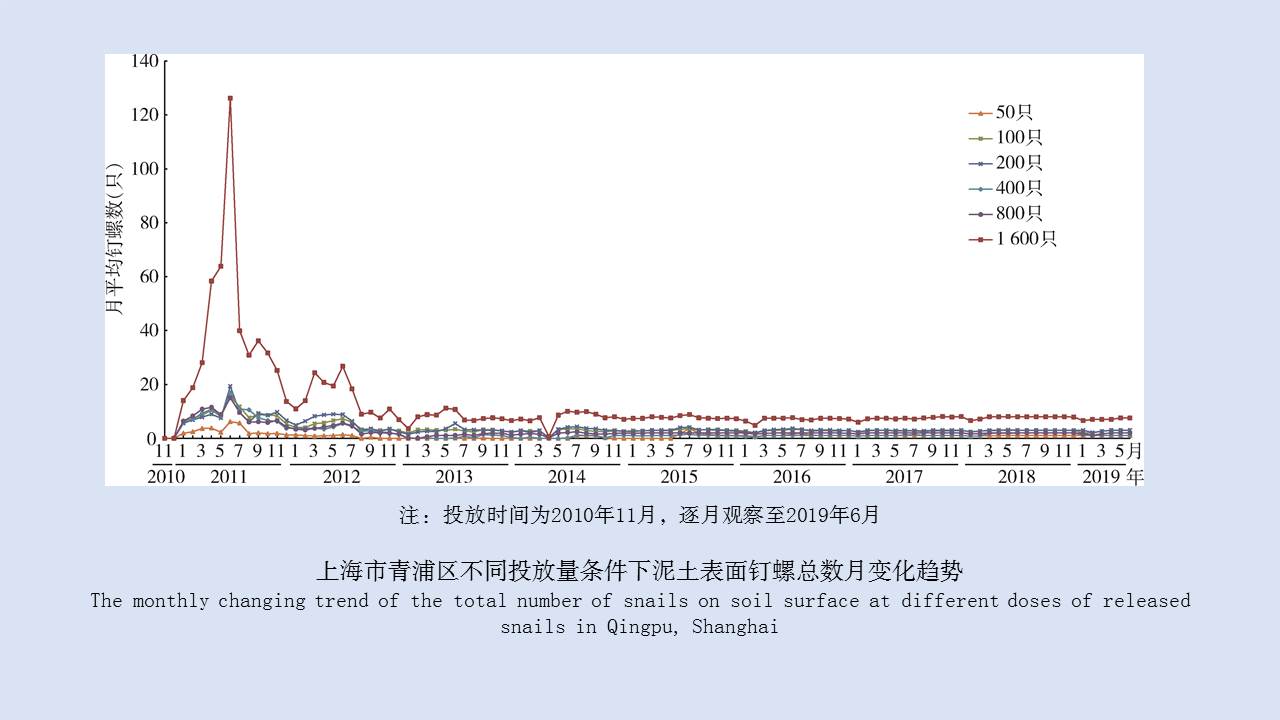 PDF(606 KB)
PDF(606 KB)


基于标记重捕回收技术的湖沼钉螺异地生存和繁殖研究
田建国, 仲文江, 彭丽霞, 李俊, 韩荣荣, 姚正原, 林长坡, 於雪琴, 齐敬东, 黎桂福
中国媒介生物学及控制杂志 ›› 2022, Vol. 33 ›› Issue (1) : 62-66.
 PDF(606 KB)
PDF(606 KB)
 PDF(606 KB)
PDF(606 KB)
基于标记重捕回收技术的湖沼钉螺异地生存和繁殖研究
 ({{custom_author.role_cn}}), {{javascript:window.custom_author_cn_index++;}}
({{custom_author.role_cn}}), {{javascript:window.custom_author_cn_index++;}}Survival and reproduction of imported Oncomelania snails from lakes and marshes by the capture-mark-recapture method
 ({{custom_author.role_en}}), {{javascript:window.custom_author_en_index++;}}
({{custom_author.role_en}}), {{javascript:window.custom_author_en_index++;}}
| {{custom_ref.label}} |
{{custom_citation.content}}
{{custom_citation.annotation}}
|
/
| 〈 |
|
〉 |